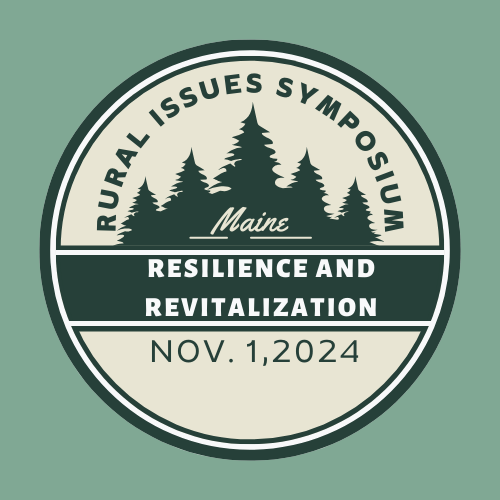Files
Download Full Text (1.2 MB)
Description
The historical practice of fertilizing farm fields with sludge, some of which contained high levels of per- and polyfluoroalkyl substances (PFAS), has led to uncertainty surrounding the viability and health risks associated with highly contaminated farming operations. There are adverse health impacts (decreased immune response, decreased fetal growth, liver cancer, and kidney cancer) associated with both prolonged occupational exposure and consumption of crops and livestock grown in PFAS contaminated soils. As a result, rural farming and indigenous communities face heavy impacts amidst the widespread discovery of PFAS concentrations in Maine and beyond. One of these challenges is the regulatory gap in PFAS policy whereby soil screening guidance has yet to be established for cropping systems besides preliminary forage guidance. In our field study, we partnered with Hunter Farm, a farm removed from production due to elevated levels of PFAS contamination, to evaluate uptake of PFAS into three distinct crops: lettuce, tall fescue, and tomato. From this, we found that PFAS transfer from soil to crop varied greatly by compound and plant part, but perhaps more importantly, this variation was accompanied by high levels of in-field variation of PFAS concentrations in soils. These results contribute to the growing body of research documenting transfer of PFAS from soil to crops, which will be of use for future models and soil screening thresholds.
Publication Date
10-28-2024
Recommended Citation
Scearce, Alex; MacRae, Jean D.; Goossen, Caleb P.; Holt, Kylie P.; Zhang, Yongjiang; and Schattman, Rachel, "Evaluating transfer of PFAS from soil to lettuce, tall fescue, and tomato to support management of contaminated lands" (2024). Rural Issues Symposium. 96.
https://digitalcommons.library.umaine.edu/rural_issues/96



